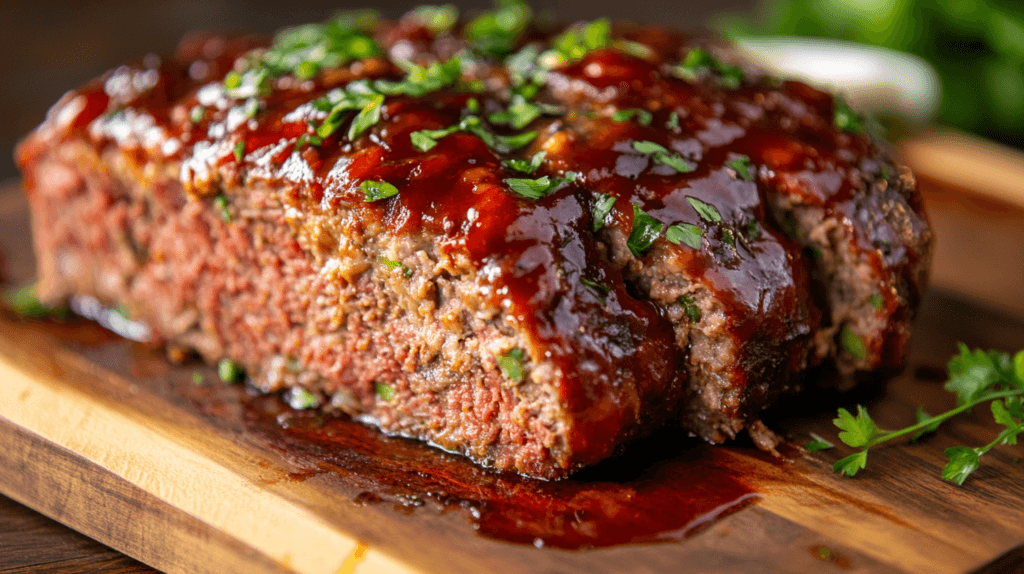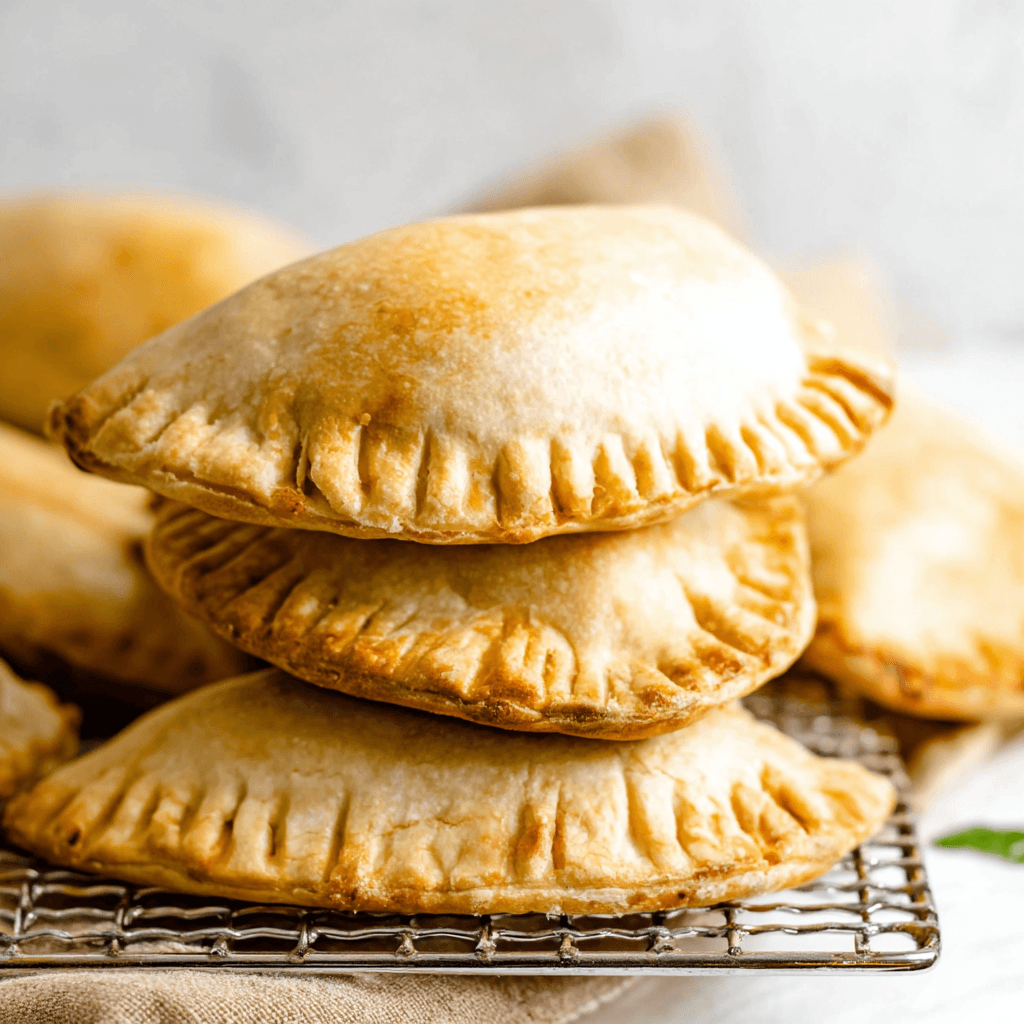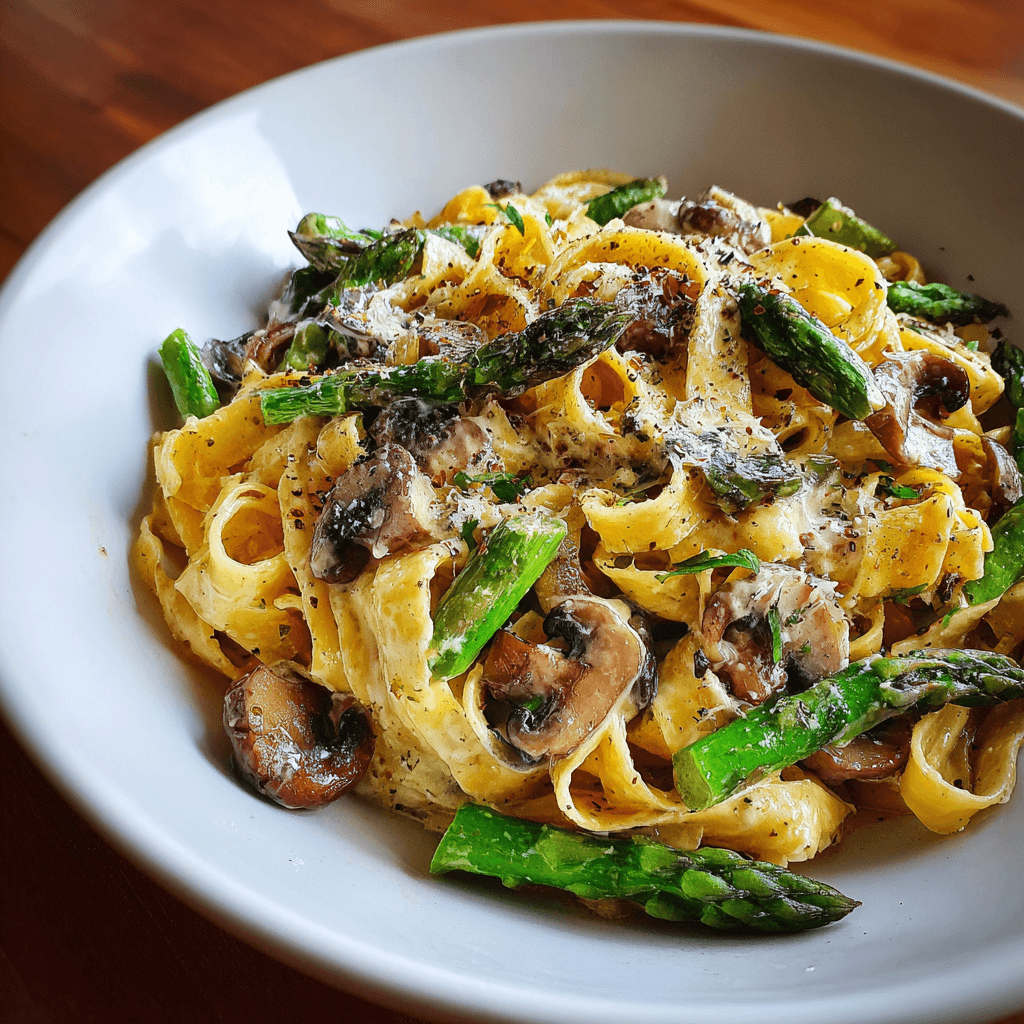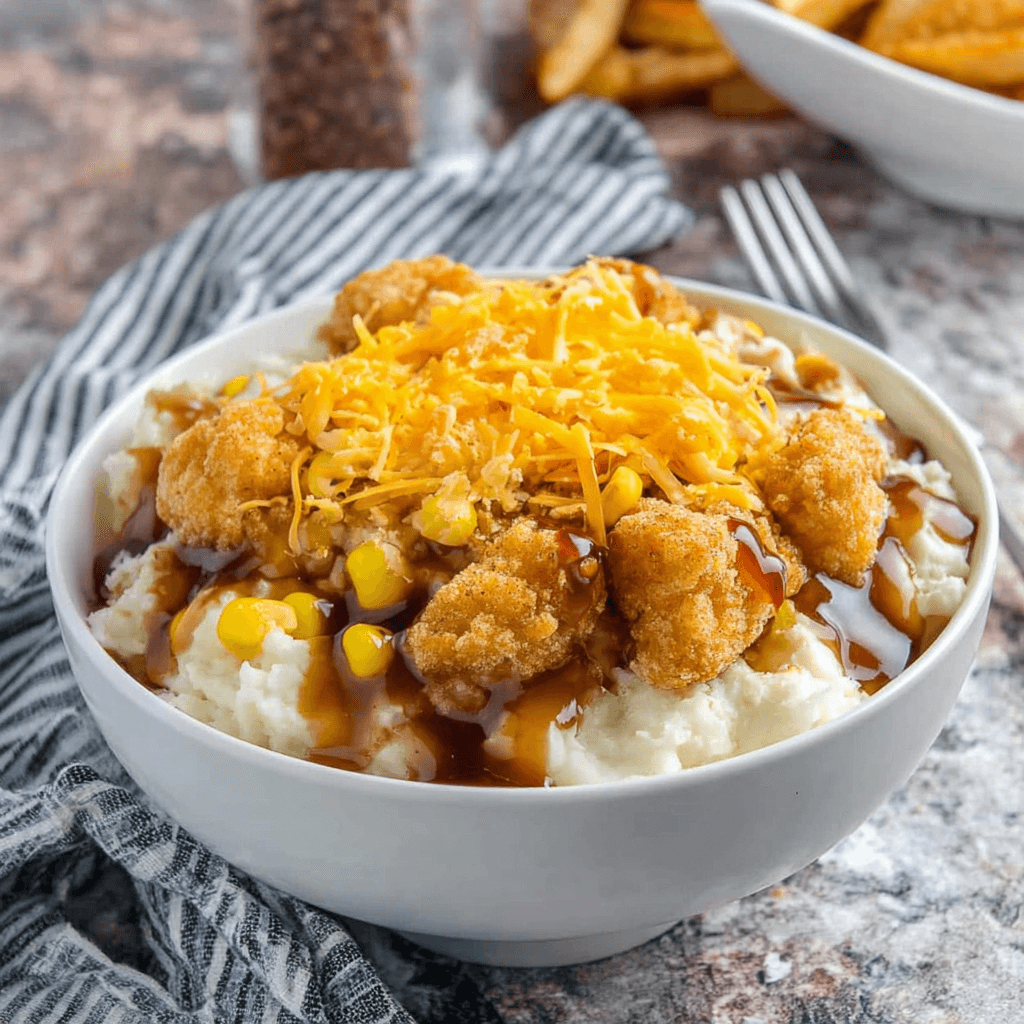Table of Contents
What is Smoked Meatloaf?
Smoked meatloaf Recipe is a delicious variation of the classic comfort food, enhanced by the unique flavor imparted through the smoking process. This dish is typically made by blending ground meats, such as beef, pork, or turkey, with a combination of spices, breadcrumbs, and other ingredients. The loaf is then shaped and slow-cooked in a smoker, allowing it to absorb the rich, smoky essence that elevates its taste and texture.
Smoked meatloaf offers a more complex flavor profile than the traditional oven-baked version, making it a popular choice among food enthusiasts. The smoking process not only imparts a distinctive aroma but also creates a beautifully caramelized crust that seals in the juices, ensuring a moist and flavorful meal.
History and Origins of Meatloaf
Meatloaf’s origins can be traced back to ancient times when cooks combined scraps of meat with grains and other ingredients to create a satisfying meal. Variations of meatloaf have been enjoyed in cultures worldwide, from ancient Roman patties to German Hackbraten and Scandinavian kjøttkake. Each region adapted the concept to incorporate local flavors and ingredients.
In the United States, meatloaf became a staple during the Great Depression, when economical meals were essential. By mixing affordable ground meats with fillers like breadcrumbs or oatmeal, families could stretch their budgets while creating a hearty dish. Over time, meatloaf evolved into a beloved comfort food, with countless recipes reflecting diverse culinary traditions.
The Art of Smoking Meat in Modern Cuisine
Smoking meat is an ancient cooking technique that has undergone a revival in modern cuisine, becoming a hallmark of barbecue culture. Smoking involves cooking food slowly over low heat, typically using wood chips, which infuse the meat with a robust, smoky flavor.
In contemporary culinary arts, smoking is celebrated not just as a preservation method but also as a flavor-enhancing technique. Chefs and home cooks alike experiment with different types of wood, such as hickory, cherry, and mesquite, to create distinctive profiles for various dishes.
Smoked meatloaf is a perfect example of this modern trend, marrying the nostalgic appeal of a classic dish with the bold, dynamic flavors of smoked cuisine. By incorporating smoking techniques, this humble dish has been elevated to a gourmet level, showcasing the creativity and adaptability of culinary traditions.
Essential Ingredients for the Perfect Smoked Meatloaf
Crafting the perfect smoked meatloaf requires a thoughtful selection of ingredients that balance flavor, texture, and moisture. Each component plays a crucial role in achieving the ideal combination of smoky richness and hearty satisfaction.
Key Meat Choices: Ground Beef, Pork, and More
The foundation of any meatloaf is its meat selection. A classic blend of ground beef and pork is a popular choice, offering a balance of flavor and fat content that ensures a moist and tender loaf.
- Ground Beef: Provides richness and structure; lean-to-fat ratios can be adjusted for preference.
- Alternative Proteins: For a twist, consider using turkey, chicken, or even plant-based meat substitutes for a lighter or vegetarian version.
Combining meats allows for a more complex flavor profile, while the fat content ensures the meatloaf stays moist during the smoking process.
Vital Spices and Seasonings for Smoky Flavors
Seasonings are the soul of a good smoked meatloaf, adding layers of depth that complement the smoky aroma. Common spices and herbs include:
- Smoked Paprika: Enhances the smoky profile and adds a subtle heat.
- Garlic and Onion Powder: Essential for savory depth.
- Black Pepper and Cayenne: Bring a hint of spice for balance.
- Fresh Herbs: Parsley, thyme, or oregano can add freshness and complexity.
A seasoning blend tailored to personal taste is key, with room to incorporate regional or cultural spice mixes for a unique twist.
Adding Moisture: Eggs, Milk, and Breadcrumbs
To achieve a moist and tender texture, binding ingredients and fillers are essential. They not only hold the meatloaf together but also retain moisture during smoking.
- Eggs: Act as a binding agent, holding the mixture together.
- Milk: Adds moisture and softens the texture.
- Breadcrumbs: Help absorb and retain the liquids, preventing the meatloaf from becoming dry.
These ingredients ensure the meatloaf remains juicy and cohesive, even after extended smoking times.
Secret Ingredients for a Unique Twist
Elevate your smoked meatloaf with creative additions that bring unexpected bursts of flavor:
- Cheese: Adding shredded cheese or a cheese filling provides a creamy surprise.
- Barbecue Sauce: Brushed on during smoking, it creates a sticky, caramelized glaze.
- Chopped Vegetables: Diced bell peppers, carrots, or mushrooms add texture and flavor.
- Worcestershire Sauce: A splash enhances the umami profile.
For a truly unique experience, experiment with specialty ingredients like smoked chilies, truffle oil, or even diced jalapeños for a spicy kick.
By carefully selecting and balancing these essential ingredients, you can create a smoked meatloaf that is rich in flavor, irresistibly moist, and uniquely yours.

Step-by-Step Guide to Preparing Smoked Meatloaf
Ingredients for the Best Smoked Meatloaf
For the Meatloaf:
- 2 pounds ground beef (80/20 blend recommended)
- 1 small onion, finely diced
- 3 cloves garlic, minced
- 2 eggs
- 3/4 cup breadcrumbs (panko or regular)
- 1/4 cup whole milk
- 1/4 cup ketchup
- 1 tablespoon Worcestershire sauce
- 1 teaspoon salt
- 1/2 teaspoon black pepper
- 1 teaspoon smoked paprika
- 1/2 teaspoon cayenne pepper (optional, for a little heat)
- 1 teaspoon dried oregano
- 1 teaspoon garlic powder
- 1 teaspoon onion powder
For the Smoky Glaze:
- 1/2 cup ketchup
- 2 tablespoons brown sugar
- 1 tablespoon apple cider vinegar
- 1 tablespoon Worcestershire sauce
- 1 teaspoon smoked paprika
For Smoking:
- Wood chips or pellets (hickory, oak, or cherry work great)
Making a perfect smoked meatloaf is a rewarding process that combines preparation, attention to detail, and the right techniques. Follow these steps to ensure a delicious and flavorful result.
Preparing Your Smoker: Tools and Setup
The smoker setup is the first step in creating a flavorful smoked meatloaf. Proper preparation ensures even cooking and a rich smoky flavor.
- Choose the Right Smoker: Offset smokers, pellet grills, or electric smokers all work well. Select the one you’re most comfortable using.
- Select the Wood Chips: Different woods impart unique flavors. Use:
- Hickory for a strong, smoky flavor.
- Cherry or Applewood for a sweet, mild smoke.
- Mesquite for a bold and earthy taste.
- Preheat the Smoker: Bring the smoker to a steady temperature of 225°F to 250°F.
- Setup for Indirect Heat: Position a water pan to maintain moisture, and place the meatloaf away from direct heat.
- Monitor with a Thermometer: Use a smoker thermometer to maintain a consistent temperature throughout the process.
Mixing the Meatloaf: Achieving the Perfect Consistency
The texture and flavor of the meatloaf depend on how well the ingredients are combined. Follow these tips for a balanced mix:
- Combine the Ingredients:
- Mix your ground meats (beef, pork, turkey) in a large bowl.
- Add eggs, breadcrumbs, and milk to bind the mixture.
- Incorporate your chosen seasonings, such as garlic powder, onion powder, smoked paprika, and fresh herbs.
- Mix Gently:
- Overmixing can make the meatloaf dense and tough. Use your hands or a spoon to combine the ingredients just until everything is evenly distributed.
- Test the Flavor:
- Cook a small portion of the mixture in a pan to check the seasoning. Adjust spices and salt as needed.
Shaping the Meatloaf for Even Cooking
Proper shaping ensures even cooking and helps the meatloaf retain its form during smoking.
- Shape into a Loaf:
- Form the mixture into a compact, uniform loaf. Avoid packing it too tightly, as this can prevent even cooking.
- Use a Tray or Wire Rack:
- Place the loaf on a wire rack or perforated tray to allow smoke to circulate around the entire surface.
- Optional: Create a Glaze:
- Brush the surface with barbecue sauce or a glaze of your choice to add flavor and create a caramelized crust.
- Ensure Proper Size:
- Make the loaf thick enough to remain moist during smoking but not so large that it takes excessively long to cook.
By carefully preparing your smoker, mixing the ingredients to perfection, and shaping the loaf properly, you set the foundation for a flavorful, juicy smoked meatloaf. With these steps in place, your meatloaf is ready for the smoker!
Smoking Techniques for Meatloaf
Mastering the smoking process is essential to creating a smoked meatloaf that is flavorful, juicy, and perfectly cooked. The right techniques ensure that the meatloaf absorbs the smoky essence without losing moisture or becoming overcooked.
Choosing the Right Wood Chips: Hickory, Applewood, and Mesquite
The type of wood chips you choose significantly influences the flavor of your smoked meatloaf. Each variety of wood imparts a unique taste profile, making it important to select one that complements the meat and seasonings.
- Hickory: A strong, smoky flavor with a slightly sweet undertone. Ideal for those who enjoy bold barbecue flavors.
- Applewood: Offers a light, fruity smoke that pairs well with pork and poultry-based meatloaves, adding a delicate sweetness.
- Mesquite: Delivers an intense, earthy smoke. Use sparingly or blend with milder woods to avoid overpowering the meat.
- Combination Blends: Mixing woods like hickory and cherry or applewood and pecan can create a balanced and nuanced flavor profile.
To achieve the best results, soak the wood chips in water for about 30 minutes before adding them to the smoker. This helps them smolder rather than burn, ensuring a steady flow of smoke.
Temperature and Timing: The Science of Smoking
Achieving the perfect smoked meatloaf depends on precise temperature control and cooking duration. Smoking is a low-and-slow process that allows flavors to develop fully.
- Preheat the Smoker:
- Set the smoker to a consistent temperature between 225°F and 250°F. This low heat allows the meatloaf to cook evenly while absorbing the smoke.
- Monitor the Internal Temperature:
- Use a meat thermometer to check the internal temperature of the meatloaf. It should reach 160°F for safe consumption.
- Timing:
- Smoking typically takes 2 to 3 hours, depending on the size of the meatloaf and the temperature of the smoker.
- Avoid Opening the Lid Frequently:
- Every time you open the smoker, heat and smoke escape, which can prolong the cooking process. Use a remote thermometer to monitor progress without disturbing the smoker.
Maintaining Moisture: Tips for Juicy Meatloaf
Smoking can dry out food if proper precautions are not taken. Here are some strategies to ensure your meatloaf remains moist and tender:
- Add a Water Pan:
- Place a water pan inside the smoker to maintain a humid environment. This helps prevent the meatloaf from drying out.
- Use High-Fat Ingredients:
- Including ground pork or mixing a higher fat ratio in the meat blend can enhance moisture retention.
- Baste the Meatloaf:
- Brush the loaf periodically with a glaze or melted butter to keep the surface moist and flavorful.
- Wrap in Bacon:
- Wrapping the meatloaf in a layer of bacon not only adds flavor but also provides a protective barrier against moisture loss.
- Rest After Cooking:
- Allow the meatloaf to rest for 10-15 minutes after removing it from the smoker. This lets the juices redistribute, ensuring every slice is moist and tender.
By carefully selecting wood chips, managing temperature and timing, and taking steps to retain moisture, you can achieve a smoked meatloaf that is rich, flavorful, and juicy. These techniques ensure consistent results and elevate your meatloaf to a culinary masterpiece.
Delicious Variations of Smoked Meatloaf
Smoked meatloaf is a versatile dish that can be customized to suit various flavor preferences and dietary needs. From rich barbecue glazes to bold spices and plant-based alternatives, these variations add exciting twists to the classic recipe.
BBQ Glazed Smoked Meatloaf
For a traditional and crowd-pleasing option, a BBQ glazed smoked meatloaf delivers a sweet, tangy, and smoky experience.
- Key Ingredients:
- A blend of ground beef and pork for a rich, juicy texture.
- Classic seasonings like garlic, onion powder, and smoked paprika.
- A generous layer of barbecue sauce, brushed on during the smoking process.
- Preparation:
- Shape the meatloaf as usual and smoke at 225°F to 250°F.
- About halfway through the smoking process, start brushing the loaf with your favorite barbecue sauce every 30 minutes.
- Flavor Enhancements:
- Use a smoky barbecue sauce for an extra layer of flavor.
- Add a dash of liquid smoke or bourbon to the sauce for a sophisticated twist.
The caramelized glaze forms a sticky, flavorful crust that complements the smoky richness of the meat.
Spicy Jalapeño Cheddar Meatloaf
For those who love bold and spicy flavors, the jalapeño cheddar variation adds a fiery kick and creamy pockets of cheese.
- Key Ingredients:
- A combination of ground beef, pork, or turkey.
- Fresh jalapeños, finely chopped, for heat.
- Shredded cheddar cheese mixed into the meat or as a filling.
- Preparation:
- Incorporate the jalapeños and cheese into the meat mixture, ensuring even distribution.
- For a cheesy surprise, create a cavity in the center of the loaf and fill it with cheese before sealing it.
- Flavor Enhancements:
- Add cayenne pepper or chili powder to the seasoning mix for extra heat.
- Top with a spicy glaze made from barbecue sauce and hot sauce.
This variation is perfect for spice lovers, delivering a balanced heat with gooey, melted cheddar in every bite.
Vegetarian Smoked “Meatloaf” Alternatives
Smoked meatloaf isn’t just for meat lovers—vegetarian options offer all the smoky flavor with none of the meat. These alternatives use plant-based ingredients to mimic the texture and taste of the classic dish.
- Key Ingredients:
- Base: Lentils, beans, or plant-based meat substitutes.
- Binders: Eggs (or flax eggs for vegans), breadcrumbs, and milk (or plant-based alternatives).
- Seasonings: Smoked paprika, garlic powder, and nutritional yeast for umami.
- Preparation:
- Mix the ingredients thoroughly, then shape into a loaf and place on a smoker-safe tray.
- Smoke at a slightly lower temperature (around 200°F to 225°F) to prevent drying out.
- Flavor Enhancements:
- Add chopped vegetables like mushrooms, carrots, or bell peppers for texture.
- Brush with a smoky glaze or vegan barbecue sauce for a rich crust.
Vegetarian smoked meatloaf offers a healthy, flavorful alternative that even meat lovers can enjoy, making it a versatile addition to any menu.
Each of these variations brings a unique twist to smoked meatloaf, catering to different tastes and dietary preferences. Whether you prefer the classic BBQ glaze, a spicy jalapeño kick, or a vegetarian approach, there’s a smoked meatloaf recipe for everyone to savor.
Serving and Presentation Ideas for Smoked Meatloaf
A well-prepared smoked meatloaf deserves an equally thoughtful presentation. Pair it with complementary sides and garnish creatively to impress your guests.
Perfect Side Dishes to Pair with Smoked Meatloaf
The rich, smoky flavors of meatloaf are best balanced with sides that add contrast in flavor and texture. Here are some classic and creative options:
- Mashed Potatoes:
- Creamy, buttery mashed potatoes are a classic pairing, offering a comforting complement to the smoky meat.
- Roasted Vegetables:
- Caramelized vegetables like Brussels sprouts, carrots, or asparagus add a fresh and slightly sweet contrast.
- Cornbread:
- A warm slice of cornbread with a hint of honey pairs perfectly with the smoky flavors.
- Coleslaw:
- A tangy coleslaw provides a refreshing crunch and cuts through the richness of the meatloaf.
- Mac and Cheese:
- Decadent and cheesy, this side is a favorite with barbecue-inspired dishes.
- Green Salad:
- A light, crisp salad with a tangy vinaigrette adds balance to the meal.
Pair smoked meatloaf with delicious sides like:
- Baked Beans for a hearty accompaniment.
- Fried Cornbread to add a crispy, buttery element.
- Calico Beans for a sweet and savory pairing.
Garnishing Tips for Visual Appeal
A beautifully garnished meatloaf makes a memorable impression. Simple touches can elevate the presentation:
- Fresh Herbs:
- Sprinkle chopped parsley, cilantro, or chives over the meatloaf for a burst of color and freshness.
- Sauce Drizzle:
- Use barbecue sauce or a glaze to create decorative drizzles on the serving platter.
- Vegetable Slices:
- Arrange thinly sliced radishes, cherry tomatoes, or cucumber around the meatloaf for a vibrant presentation.
- Crispy Toppings:
- Add fried onions or crispy bacon bits for texture and visual appeal.
- Serving Platter:
- Place the meatloaf on a wooden board or a colorful platter for a rustic or festive look.
Common Mistakes to Avoid When Smoking Meatloaf
Smoking meatloaf requires precision to avoid pitfalls that can compromise flavor and texture. Here’s how to sidestep common mistakes.
Over-Smoking: Recognizing the Signs
Excessive smoke can overpower the natural flavors of the meatloaf and make it unpleasantly bitter.
- Signs of Over-Smoking:
- A harsh, acrid taste that dominates the dish.
- Dark or overly charred exterior.
- How to Avoid It:
- Use a moderate amount of wood chips and choose milder woods like applewood or cherry for subtle flavor.
- Limit smoking time to around 2-3 hours, depending on the loaf size.
Issues with Texture: Avoiding Crumbles or Dryness
The texture of meatloaf should be tender and cohesive, not dry or crumbly.
- Causes of Crumbles:
- Insufficient binding agents (e.g., eggs or breadcrumbs).
- Overmixing, which can break down the structure.
- How to Prevent Crumbles:
- Use the right ratio of binders (about 1 egg and 1/2 cup of breadcrumbs per pound of meat).
- Mix the ingredients gently until just combined.
- Preventing Dryness:
- Include high-fat ingredients like ground pork or add moisture with milk or broth.
- Use a water pan in the smoker to maintain humidity.
- Avoid overcooking by monitoring the internal temperature closely and removing the loaf when it reaches 160°F.
By pairing smoked meatloaf with the right sides, enhancing its presentation, and avoiding common smoking mistakes, you can ensure a meal that’s both visually stunning and irresistibly flavorful.
Frequently Asked Questions About Smoked Meatloaf
What temperature do you smoke a meatloaf at?
Smoked meatloaf is best cooked at a low and steady temperature of 225°F to 250°F. This allows the meat to absorb the smoky flavor while cooking evenly. Monitor the internal temperature using a meat thermometer and remove the meatloaf when it reaches 160°F for safe consumption.
Why milk instead of water in meatloaf?
Milk is used in meatloaf because it adds moisture and richness. It helps to soften breadcrumbs, making the meatloaf tender and preventing it from becoming dry. Milk also enhances the overall flavor compared to water, contributing to a more cohesive and creamy texture.
How long does a 2lb meatloaf take at 350 degrees?
At 350°F, a 2-pound meatloaf typically takes about 60 to 75 minutes to cook. To ensure it is cooked through, use a meat thermometer to check the internal temperature. The meatloaf is ready when it reaches 160°F in the center.
What does baking soda do to meatloaf?
Baking soda helps to tenderize the meat by raising its pH level. This process prevents the proteins from bonding too tightly, resulting in a softer, more tender texture. It also helps retain moisture, ensuring the meatloaf stays juicy.
Do you need to rinse baking soda off meat?
If you’re using baking soda as a tenderizer, a light rinse is often recommended to remove any excess baking soda and prevent a soapy or off-putting taste. However, if it’s mixed into the meatloaf as part of the recipe, there’s no need to rinse since it blends with the other ingredients.
What can you put under meatloaf to soak up grease?
To reduce grease, you can place the meatloaf on a wire rack or a perforated tray. This setup allows excess fat to drip away during cooking. Alternatively, line the baking pan with slices of bread underneath the meatloaf to absorb the grease. After cooking, simply discard the soaked bread.
Conclusion: Why Smoked Meatloaf Should Be Your Next Recipe Experiment
Smoked meatloaf is more than just an upgrade to a classic comfort food—it’s a culinary adventure that combines tradition with innovation. The smoky flavors, tender texture, and endless customization options make it a standout dish for any occasion, whether it’s a family dinner or a backyard barbecue.
From the thrill of mastering smoking techniques to experimenting with unique flavor profiles like jalapeño cheddar or barbecue glaze, smoked meatloaf offers something for every taste. It’s a dish that bridges the gap between home-cooked nostalgia and gourmet creativity, showcasing how simple ingredients can transform into a show-stopping centerpiece.
Whether you’re a seasoned pitmaster or new to smoking, smoked meatloaf is a rewarding recipe that’s as satisfying to make as it is to eat. So fire up your smoker, gather your favorite ingredients, and let this recipe be your next delicious experiment—you won’t be disappointed!
Looking to expand your culinary skills? Explore these recipes for more inspiration:
- Brisket Chili for a smoky, hearty dish.
- Chicken Meatloaf as a lighter alternative.
- Smoked Queso for a creamy, smoky party favorite.





